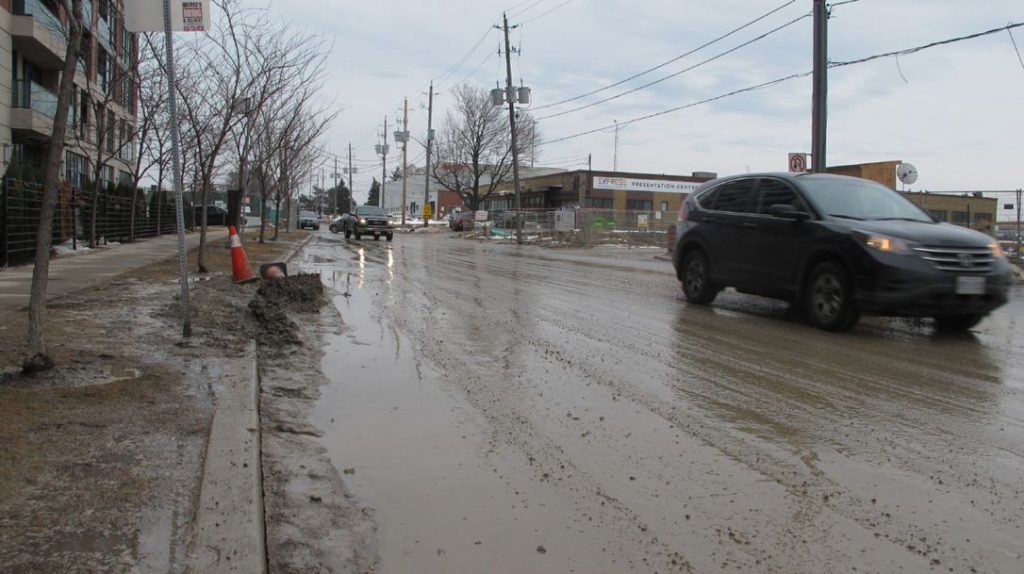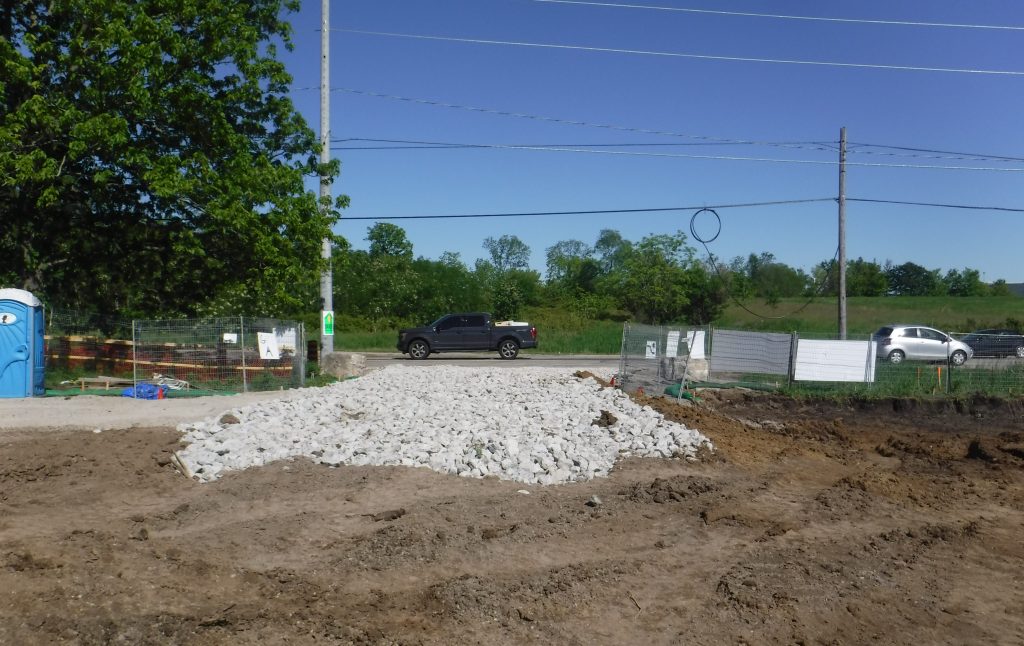Erosion & Sediment Control (ESC): Everyone’s Responsibility
By Daniel Fell
Date
August 13, 2019Since my professional beginning, I have designed Erosion & Sediment Control (ESC) plans for pretty much any project involving construction. Sometimes referred to as construction management plans, the basic principal is to mitigate construction borne contaminants from entering water bodies and/or conveyances. This involves using temporary measures to limit erosion from occurring on site and restricting sediment/construction contaminants from leaving the site, which occurs mostly via storm water runoff. Generally, measures are installed prior to construction, maintained/replaced throughout construction and removed following construction when permanent landscape features have been installed and 80% of vegetation has been established over bare soils.
Fifteen years ago, rules and regulations seemed fairly loose when it came to ESC, as guidelines hadn’t been fully developed and enforcement was rare. ESC plans were more of a check box item on the document submission checklist for governing agency approvals. Little attention was paid to ESC plans once approvals were granted and the project moved into construction. I can recall some cases, where ESC plans weren’t even mandatory or some cases where a plan was developed but wasn’t implemented during construction. Now, as the public has grown more environmentally conscious, ESC has become more of a focal point than in the past.

Mud tracks are one of the most common markers of poor erosion and sediment control. Image by Jack Lakey, Toronto Star, 2018-02-06.
While there has been clear progress in terms of design and new innovative products, it seems that the implementation, inspection, and maintenance aspects have still fallen by the wayside. Across Toronto, it’s not uncommon to see construction sites that either lack ESC or where the measures are badly maintained. Extensive mud tracking on roadways is a key indicator of this, usually caused by construction traffic tracking mud/dirt from the site onto the adjacent roadway. Although it’s difficult to eliminate all mud tracking, it can be mitigated effectively using measures such as stabilized construction entrance (SCE), rumble strips, truck washing stations and regular street sweeping schedules. Many would be quick to blame the project contractor for a situation like this, but this may only be partly the case. ESC is the responsibility of the entire project team, from consultant, to governing agency, to the contractor — not just the contractor alone. It’s time for all parties involved to change the trend and help reduce construction related pollutants from entering our waters.
From a consultant perspective, we should:
- Ensure that we are up to date on the latest industry guidelines, techniques, standards and products;
- Steer away from old techniques that have been proven insufficient;
- Provide ESC plans that are dynamic and able to change with the different stages of construction;
- Assist the contractor in implementing the plan;
- Review/inspect ESC measures on a regular basis to confirm conformance; and
- Report repairs, maintenance and any changes that may be required during the project duration to all applicable parties for continual performance of the ESC plan and measures.
Suggestions for governing agencies/municipalities:
- Make ESC plans mandatory for any application where there is a risk of construction borne contaminants impacting water bodies and/or conveyances;
- Update guidelines on a more frequent basis;
- Thoroughly review and inspect on a regular basis to ensure conformance with current guidelines; and
- Comply with maintenance enforcement, repairs or when changes are required to be performed by the contractor.
Suggestions for contractors:
- Implement ESC plans as designed;
- Request any additional information/assistance that may be required from the consultant;
- Follow product and installation guidelines and governing authority standards;
- Inspect measures frequently;
- Keep up with maintenance and make timely repairs as required or requested by the consultant, or instructed by governing agency.

A stabilized construction entrance (SCE) can be used to minimize mud tracking.
In conclusion, the responsibility of erosion and sediment control lies with everyone involved. As such, we should do our part as outlined above and help spread awareness to improve erosion and sediment control on construction sites, as the health of our waters depend on it.
Daniel Fell is a certified engineering technologist (C.E.T) and Certified Inspector of Sediment and Erosion Control (CAN-CISEC) in the civil engineering department at IBI Group’s head office in Toronto. He has over 18 years of industry experience in land/site development engineering, municipal engineering and stormwater management in the private and public sectors.







